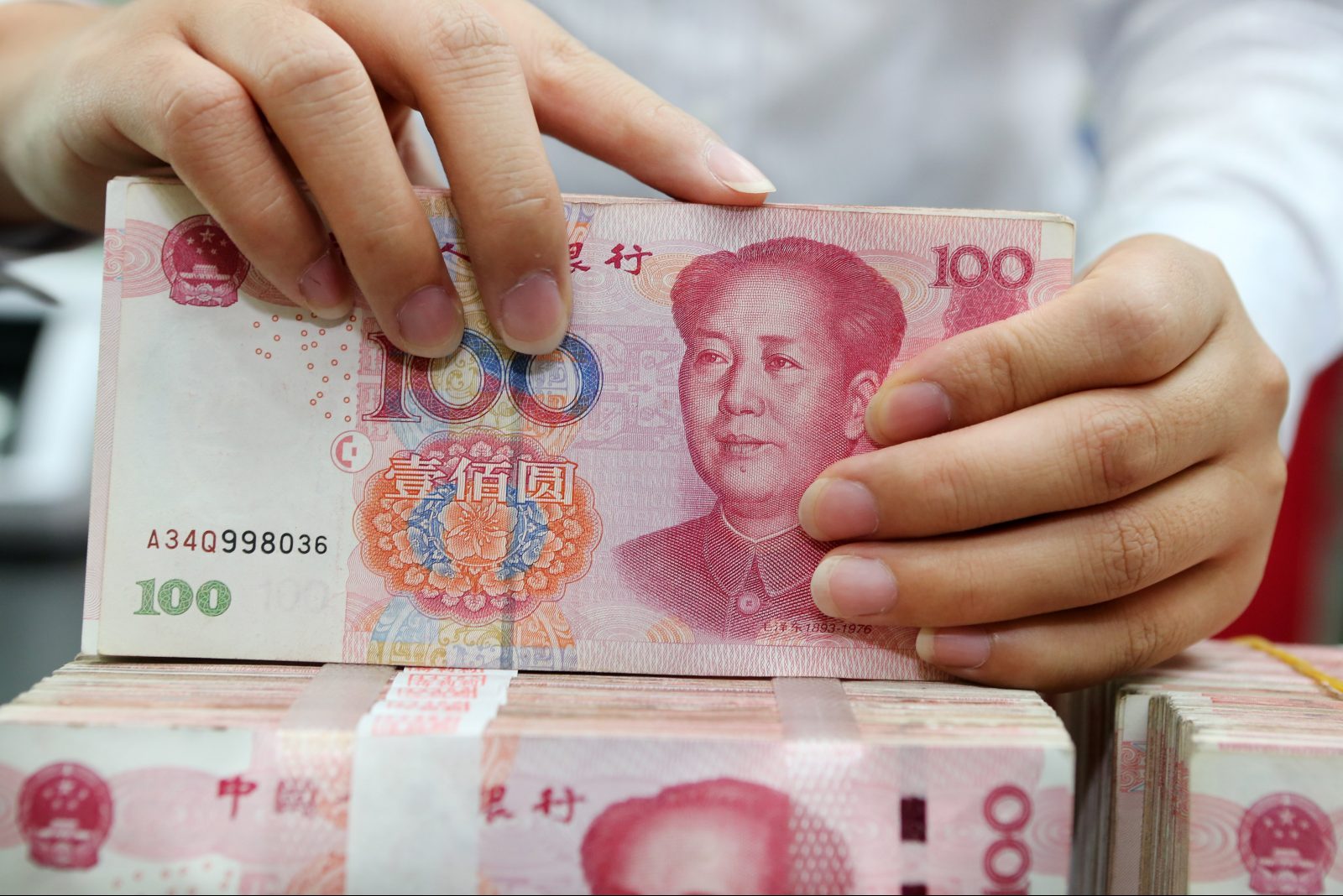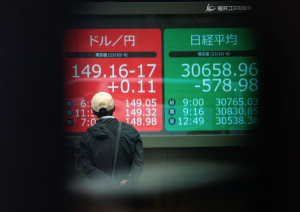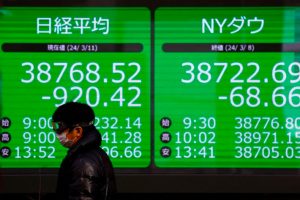(ATF) Under dual pressure of the continued decline of the US dollar and the decline in US bond yields, yuan bonds have become more attractive in the eyes of global capital.
On August 4, the July bond custody data released by China Central Depository & Clearing Co (CCDC) showed that yuan bonds held by foreign institutions reached 2.344 trillion yuan (about US$337 billion) in July, a sharp rise of 148.11 billion yuan from June, marking the largest single monthly increase this year.
“The pursuit of yields is driving more and more overseas institutions to increase their positions in yuan bonds,” Aaron Kohli, a strategic analyst at hedge fund BMO Capital Markets, told 21st Century Herald. Coupled with the continuous rebound of the yuan against the US dollar in July, it led growing enthusiasm for additional investment in yuan bonds.
The latest data released by data service provider ICE shows that as of June 30, the global bond market saw a yield of less than 1% driving a continuous increase in monetary easing by central banks.
“This is forcing more and more global investment institutions to withdraw a large amount of funds from low-yield European and American bonds and turn to emerging market bonds to achieve higher yields,” Aaron Kohli pointed out.
Among them, yuan bonds with a yield of close to 3% and a stable high credit rating have increasingly become popular.
Higher yields
A Wall Street macroeconomic hedge fund manager told the paper that driven by the pursuit of high yields, global investment institutions have diversified their yuan bond allocation strategies since July. Many macroeconomic hedge funds and emerging market bond investment funds have been quietly increasing positions in urban investment bonds and private enterprise credit bonds with higher yields.
“In the past, we worried that urban investment bonds and private enterprise credit bonds would easily break out in default risk during the deleveraging period. Therefore, their allocation ratio in the yuan bond portfolio is less than 2%.
“[But] now, as the relevant Chinese authorities have adopted a number of measures to support the development of private enterprises, in addition to the large-scale issuance of special bonds and anti-epidemic bonds to improve the fiscal revenue and expenditure of local governments, we are planning to increase the allocation ratio of urban investment bonds and private enterprise credit bonds to a maximum of 5%,” he said.
US junk bonds
The macroeconomic hedge fund manager admitted that this move was also affected by changes in global appetite for capital risk. Driven by the Fed’s continued increase in Quantitive Easing measures and the continued purchase of junk bonds, a large amount of high-yield capital poured into the US junk bond market, making the rise of US junk bonds in July the highest in a single month in the past nine years, seeing the yield fall sharply from 6.85% to 5.46%.
In his view, compared with the sudden increase of bankrupt companies in the United States, junk bond investment is more like a “high-risk high-yield” business. China City Investment Bonds and private enterprise credit bonds were more attractive in terms of investment safety and yield.
Reporters at 21st Century Business Herald said in May-June, global capital was increasing its investment in bonds, mainly motivated by risk aversion. But in July, they continued to substantially increase their holdings of RMB bonds, motivated more by yield gains.
“This undoubtedly brings China a huge bond allocation challenge.”
Dollar depreciation eating up rate of return
A trading director in the bond investment department of a large European asset management agency pointed out that this means that if these bonds are held to maturity, they will not be able to achieve the expected return of a 3% bond investment rate. To make matters worse, the depreciation of the US dollar is eating up the actual rate of return of a large number of US dollar bonds.
Take the 10-year US Treasury note as an example. Although its nominal yield fell to 0.538%, if the US dollar index falls 2% in the next six months, the actual yield would suddenly drop to about -1.5 %.
“Our investment model shows that the current China-US interest rate spread has reached 243 basis points – that is, the difference between the 10-year Treasury bond yields between China and the US.
“If the depreciation of the US dollar causes the exchange rate of yuan against the US dollar to appreciate by 2.5% in the next six months, then hold the yuan. The actual investment rate of return on government bonds will reach 4.93%.”
The trading director of the bond investment department at the European asset management agency said that currently, among global investment-grade bonds, the yield of more than 5% accounted for less than 3%, “so we invested in yuan Treasury bonds and (we are) optimistic about the appreciation of the yuan exchange rate – it has become an excellent alternative investment option, greatly alleviating the fierce competition among global investment institutions for increasingly scarce high-yield investment-grade bonds.”
Reporters have indicated that there are more overseas investment institutions planning to increase positions in urban investment bonds and private enterprise credit bonds. Compared with the above-mentioned bonds, the default risk is reduced.
























